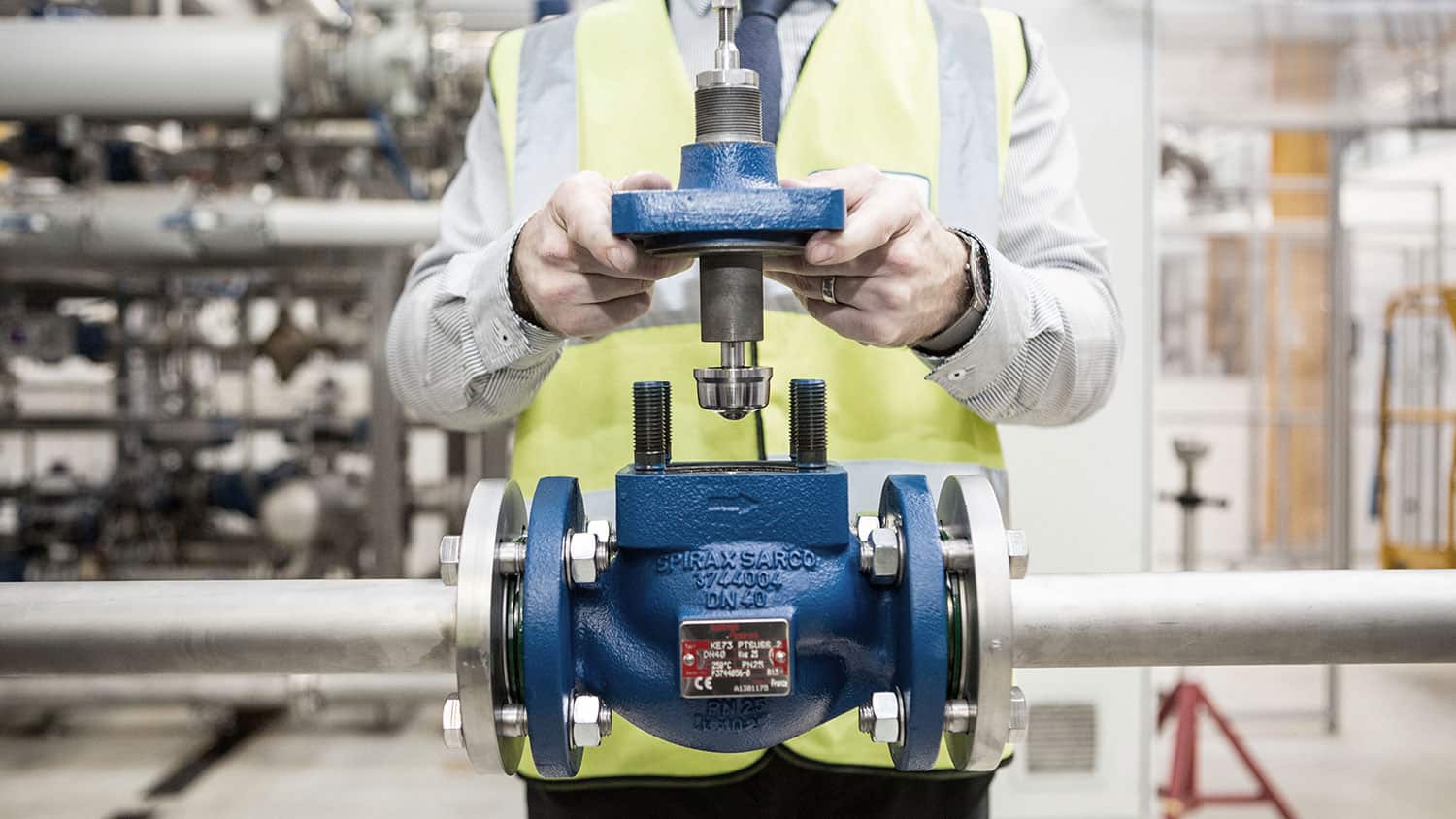Understanding the Relevance of Control Valves in Process Automation
Understanding the Relevance of Control Valves in Process Automation
Blog Article

Maximize Energy Financial Savings and Comfort With Advanced Building Automation Controls
In the world of modern style and center monitoring, the combination of advanced building automation manages stands as a crucial innovation. The merging of modern technology and sustainability has birthed a new period where energy efficiency, convenience optimization, and functional streamlining are no more distant ambitions however obtainable truths. By using the power of automation, buildings can adapt, react, and evolve in manner ins which were once inconceivable. The potential for significant energy financial savings and boosted comfort is not just a possibility but a promise waiting to be met. This standard shift in building management holds the vital to unlocking a globe where ecological conscientiousness and occupant well-being harmoniously exist together within the walls of our structures.
Energy Performance Perks
Power performance benefits can substantially minimize energy consumption and operational prices in buildings. Energy-efficient systems, such as sophisticated structure automation controls, can optimize the use of sources like air conditioning, home heating, and illumination, leading to reduced power expenditures over time.
Moreover, improved energy performance can lengthen the lifespan of building equipment and systems. By operating more effectively, heating and cooling systems, light, and other structure parts experience much less deterioration, leading to minimized upkeep and substitute expenses. In addition, energy-efficient structures often command higher residential or commercial property values and rental prices, giving lasting financial advantages to proprietors.
In addition, energy efficiency can enhance occupant convenience and productivity. Correctly regulated interior environments with optimal lights and thermal problems create an even more pleasant and favorable work space, resulting in improved employee complete satisfaction and performance. In general, the power performance benefits linked with advanced building automation controls are diverse, including price savings, ecological stewardship, and occupant wellness.
Boosted Comfort Control
Enhancing comfort control in building settings calls for an advanced combination of advanced automation systems for ideal owner well-being. By utilizing advanced structure automation controls, centers can tailor the interior atmosphere to satisfy the certain needs and choices of owners. control valves.
By integrating these innovative controls, structures can not just enhance comfort but additionally boost power effectiveness by enhancing system operations based on real tenancy and use patterns. Ultimately, focusing on owner comfort via sophisticated automation systems leads to a more enjoyable and much healthier indoor setting.
Functional Effectiveness Improvements

Furthermore, the implementation of real-time tracking and analytics devices enables structure operators to determine power inefficiencies and functional abnormalities promptly. By continuously keeping an eye on power usage patterns and system efficiency metrics, adjustments can be made in real-time to optimize power consumption and guarantee peak operational performance. control valves. Furthermore, integrating need response approaches right into structure automation controls can additionally improve functional performance by dynamically readjusting energy use based on grid problems and prices signals
Indoor Climate Optimization
Effective indoor environment optimization is a fundamental aspect of building automation controls, ensuring owners' comfort and wellness while optimizing power savings. By using sophisticated sensors and controls, developing automation systems can constantly change and keep track of temperature level, humidity degrees, air top quality, and ventilation to create an ideal interior setting. Maintaining constant and comfortable conditions not only boosts resident satisfaction yet also enhances performance and general wellness.
Interior environment optimization additionally plays an important function in energy performance. By fine-tuning cooling, home heating, and air flow this post systems based on real-time data and occupancy patterns, constructing automation controls can significantly lower energy intake - control valves. Executing strategies such as demand-controlled ventilation and thermal zoning can assist lessen energy waste while ensuring that each location of the structure receives the necessary conditioning.

Lasting Environment Development
Building automation controls not only optimize interior environment problems for power efficiency and owner convenience yet also lay the structure for producing a lasting environment with critical monitoring of sources and systems. By integrating innovative building automation technologies, such as sensors, actuators, and smart software program, facilities can readjust and keep track of power use in real-time to lessen waste and decrease their carbon look at this now footprint. These systems make it possible for predictive maintenance, recognizing potential problems prior to they intensify and optimizing tools efficiency to boost long life and performance.
Additionally, sustainable environment production prolongs past energy administration to include water conservation, waste decrease, and indoor air top quality improvement. Building automation controls can control water usage, discover leaks, and ensure proper garbage disposal techniques, adding to total sustainability initiatives. In addition, by controlling and keeping track of air flow and purification systems, these innovations enhance occupant health and performance while decreasing energy intake associated with a/c operations.
Conclusion
To conclude, progressed structure automation manages deal significant advantages in terms of energy financial savings, convenience control, functional performance, indoor environment optimization, and developing a lasting setting. By carrying out these controls, structures can accomplish ideal performance while reducing energy consumption and improving occupant comfort. It is obvious that making use of advanced automation technology is critical in improving structure performance and developing a much more lasting future.
Energy effectiveness benefits can substantially reduce energy consumption and functional expenses in buildings. In general, the power efficiency benefits linked with sophisticated structure automation controls are multifaceted, encompassing price financial savings, environmental stewardship, and owner wellness.
In addition, including demand reaction methods right into structure automation controls can even more improve operational have a peek at these guys effectiveness by dynamically changing power usage based on grid problems and prices signals.
Building automation controls not just maximize indoor environment conditions for power performance and resident convenience but also lay the foundation for developing a sustainable setting via tactical administration of systems and resources.In verdict, progressed structure automation regulates deal substantial advantages in terms of energy cost savings, convenience control, functional performance, indoor climate optimization, and developing a lasting setting.
Report this page